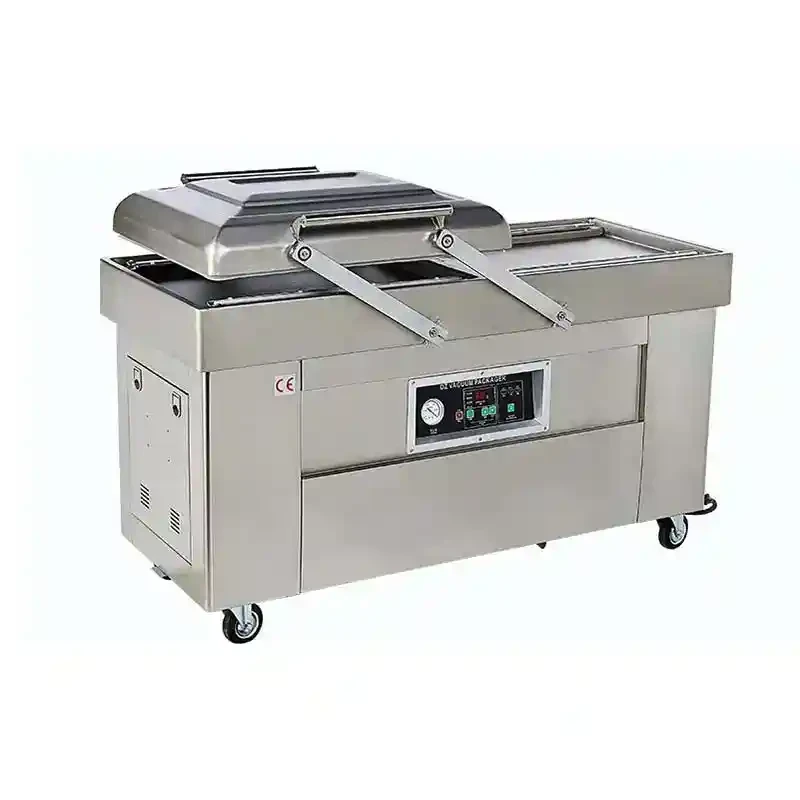Versatile Feed Mixer and Grinder for Efficient Livestock Nutrition Management
Dec . 14, 2024 18:46 Back to list
Versatile Feed Mixer and Grinder for Efficient Livestock Nutrition Management
The Essential Role of Feed Mixer Grinders in Modern Agriculture
In the realm of modern agriculture, efficiency and productivity are paramount. One of the key tools that aid in achieving these objectives is the feed mixer grinder. This indispensable equipment streamlines the process of preparing animal feed, ensuring that livestock receive a balanced diet tailored to their nutritional needs. By combining mixing and grinding functions, feed mixer grinders contribute significantly to the overall success of livestock farming.
Understanding Feed Mixer Grinders
At its core, a feed mixer grinder is a machine designed to blend different feed ingredients accurately and uniformly. It serves two primary functions grinding raw materials into fine particles and mixing them thoroughly. This ensures that each batch of feed is consistent in quality and provides the necessary nutrients for optimal animal health and growth. Found on farms across the globe, these machines are indispensable for those engaged in cattle, poultry, and other livestock farming.
Components of Feed Mixer Grinders
Most feed mixer grinders consist of several key components designed for efficiency and durability. The grinding chamber typically houses sharp blades or hammers that pulverize feed materials, such as grains, hay, or silage. The mixer itself often features a helical or ribbon design that allows for thorough amalgamation of ingredients. Some advanced models even include digital controls to monitor mixing time and ingredient ratios, ensuring precision.
Additionally, many feed mixer grinders are equipped with a discharge auger that facilitates the easy unloading of the finished feed. This feature saves time and labor, allowing farmers to focus on other essential tasks. The overall design of these machines also emphasizes ease of cleaning, a vital consideration in preventing contamination and maintaining feed quality.
Benefits of Using Feed Mixer Grinders
feed mixer grinder

The advantages of incorporating a feed mixer grinder into farming operations are numerous. Firstly, they enhance the uniformity of feed mixtures, which is crucial for optimal nutrition. When animals consume a balanced diet, their growth rates improve, leading to higher productivity and better overall health.
Moreover, feed mixer grinders allow farmers to customize feed formulations. By adjusting ingredient proportions, farmers can cater to specific dietary requirements based on the age, breed, or health status of the animals. This flexibility not only supports animal welfare but also maximizes feed efficiency, which can translate to cost savings.
In addition, utilizing a feed mixer grinder can lead to reduced feed waste. When ingredients are mixed properly, animals are less likely to sort through their feed, thus minimizing leftovers. A more effective utilization of feed resources ultimately boosts profitability for livestock farmers.
Environmental Considerations
As the agriculture industry grapples with the challenges of sustainability, feed mixer grinders also offer environmental benefits. By ensuring efficient feed formulation and reducing waste, these machines contribute to lower greenhouse gas emissions associated with livestock production. Furthermore, many modern feed mixer grinders are designed to work with renewable resources, promoting the use of locally sourced organic materials.
Conclusion
In summary, feed mixer grinders are a vital asset in contemporary agriculture. They simplify the process of feed preparation, enhancing both efficiency and productivity for livestock farmers. With their ability to create balanced, customized feed mixtures, these machines support optimal animal health and welfare. As the agriculture sector continues to evolve, the role of feed mixer grinders will undoubtedly become even more critical in meeting the increasing global demand for animal products while simultaneously addressing sustainability challenges. Investing in a quality feed mixer grinder is, therefore, a wise decision for any farmer looking to improve their operational efficiency and contribute positively to the agricultural landscape.
-
Hot Sale 24 & 18 Door Rabbit Cages - Premium Breeding Solutions
NewsJul.25,2025
-
Automatic Feeding Line System Pan Feeder Nipple Drinker - Anping County Yize Metal Products Co., Ltd.
NewsJul.21,2025
-
Automatic Feeding Line System Pan Feeder Nipple Drinker - Anping County Yize Metal Products Co., Ltd.
NewsJul.21,2025
-
Automatic Feeding Line System - Anping Yize | Precision & Nipple
NewsJul.21,2025
-
Automatic Feeding Line System - Anping Yize | Precision & Nipple
NewsJul.21,2025
-
Automatic Feeding Line System-Anping County Yize Metal Products Co., Ltd.|Efficient Feed Distribution&Customized Animal Farming Solutions
NewsJul.21,2025






